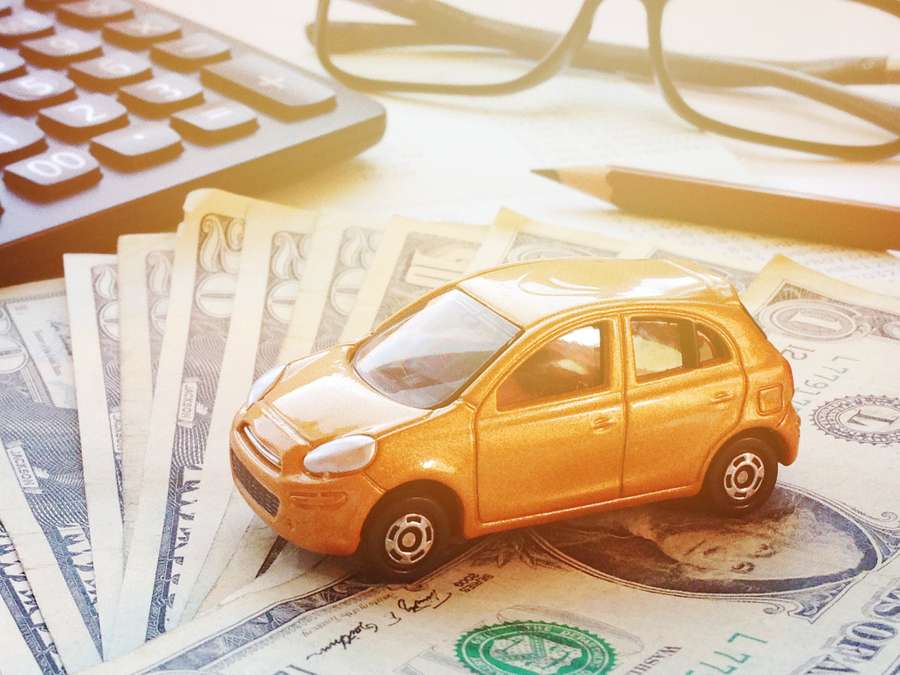As a Licensed Insolvency Trustee (LIT), one of they many duties we are charged with is reviewing an individual’s budget. We do this for a number of reasons: we must assess their ability to afford monthly payments in the performance of a proposal (to avoid bankruptcy); and also on an ongoing basis as part of their insolvency counselling to uphold one of our insolvency system’s tenets, financial rehabilitation and avoidance of recidivism. If you read some of my earlier articles, you will know I am big on financial literacy, as only recently has it been included in school curriculums.
Several of the line items on the standardized budget forms are specific to use of an automobile: lease or finance payments; insurance; gas and maintenance. I find most people are able to accurately budget for regular reoccurring expenses like monthly payments for lease, finance and insurance. When it comes to gas and maintenance although I do not second guess my clients, I am often concerned that they are not including everything. Those that travel consistent distance and have regular parking and toll expenditures are able to forecast those expenses. A few are able to annualize and budget for less frequent events like license renewal and a few oil changes. The item that most people will leave off is an emergency repair fund or even maintenance related to consumables like brakes and tires.
In the last year my now 5-year-old car needed new tires, not an insignificant expense. Two of those new tires picked up damage, one that was repaired for around $40 and another that needed a brand-new tire which would have cost $350 had my new tires not come with a road hazard warranty, dropping the cost to a $60 administative fee. Fortunately meeting all of those expenses wasn’t a challenge for me, and if it would have been, a short-term loan with disciplined regular payments could float someone in an emergency. I couldn’t help but think of the hundreds of budgets I have seen in my career that didn’t have a nickel to spare and while you are bankrupt or going through a proposal access to credit is very limited, if not impossible. What would those people have done if they needed a new tire, let alone a set of four.
I have always encouraged if not required every one I work with to present a balanced budget, as reliance on credit while working with a LIT is an impossibility. In negotiating a proposal, creditors are looking for as much as possible and many chose to go after various areas of personal spending, highlited on the publicly filed budget, as potential sources to increase one’s proposal offer.
My experience highlights that the costs of having a car is more than just the monthly payment, insurance and gas. Things that need to be considered are:
- Parking, for a night out, where you live or work and places where you might need to go for appointments – budget for what you need.
- Tolls – do you live in an area with a toll road that can’t be avoided – or can you avoid it? And does the cost of avoiding the toll negate itself through increased gas and wasted time. Either way budget for it.
- Routine maintenance – depending on how much you drive that may mean at least 4 oil changes a year and atleast a more involved annual “once over” – take the total annual cost and divide by 12, carry that amount as part of your monthly budget.
- Driver and vehicle licensing and any municipal registration taxes or emissions testing – know what this costs in your jurisdiction, how frequently it needs to be renewed and carry a monthly amount in your budget. Even for a drivers license that may only be renewed once every 5 years at a cost of $100 is a $1.67 a month.
- Subscription fees – modern cars have satellite radio, Wi-Fi hotspots, entertainment streaming; gps locating/security subscriptions. What do you need and afford? Carry that in your budget.
- Roadside assistance – many new cars come with free service that last the duration of the warranty. Those ultimately end and on older cars you may be on your own. A CAA membership costs less than one tow – make sure that is covered in your budget if you are using that service.
- Replacement of consumables – fluids, tires, brakes – talk to a mechanic about how often your car needs these replaced, what they cost and budget accordingly.
- Emergency Fund – that sinking feeling when your transmission clunks will definitely impact your budget – make sure to set aside every month for a fund to cover the unexpected.
All told there is more to having a car than just the “monthly payment.” Make sure that when you are considering what car to buy that the monthly payment is not the only litmus test of affordability.
While for many the choice of car versus public transit may not be an option, but as I have laid out there is more to consider. By the way, neglecting regular maintenance to save a few dollars, will just come back to cost you more in expensive repairs in the long run!
